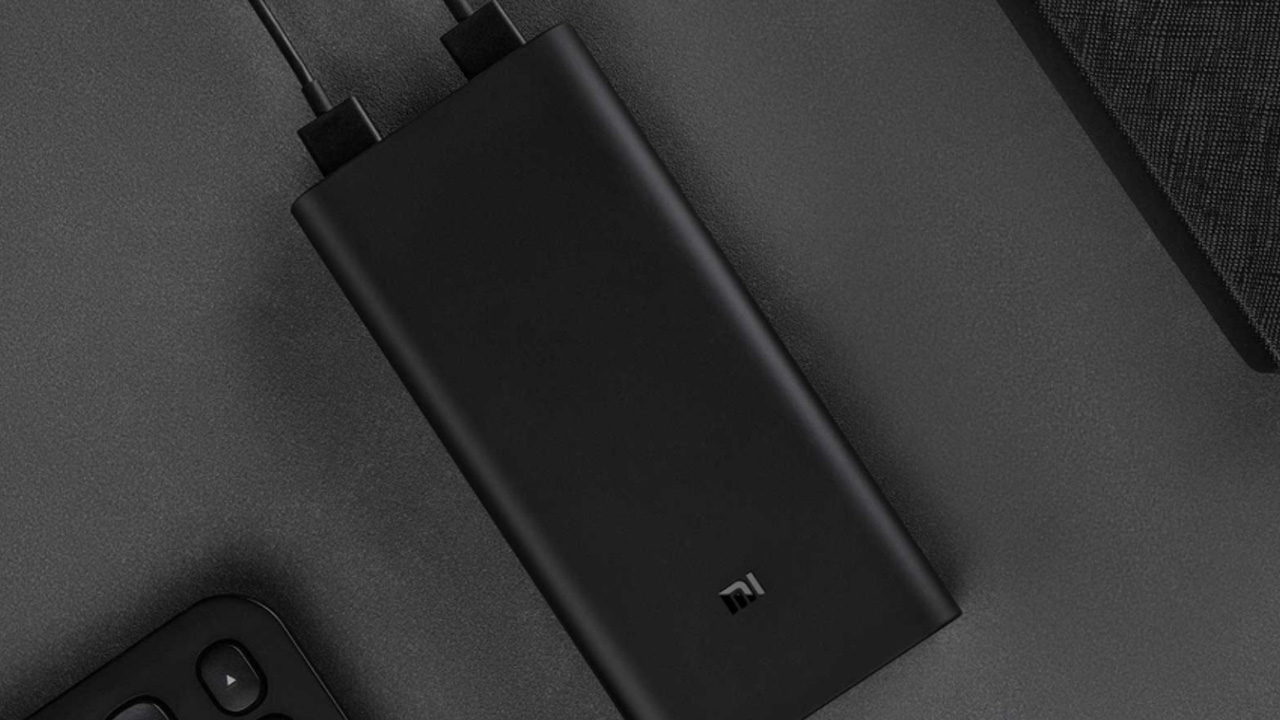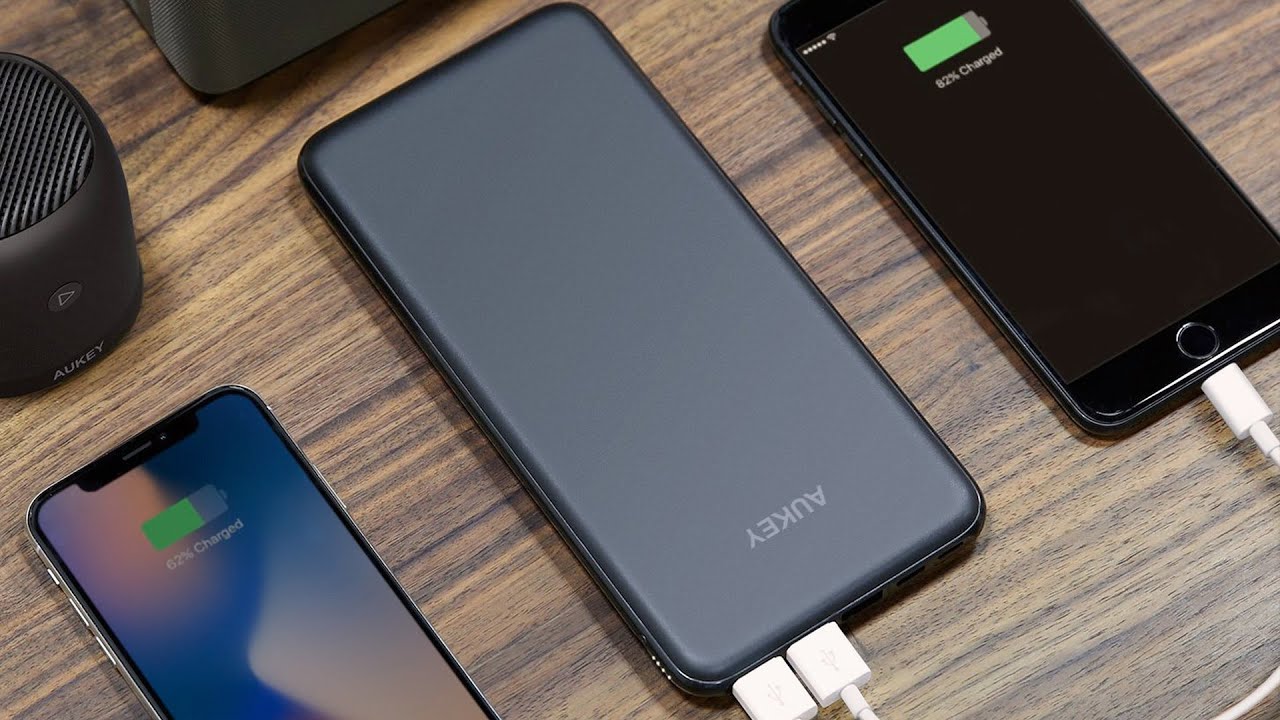If you own a power bank, you must have noticed that the device does not actually offer the capacity stated on it. In theory, a 10,000 mAh power bank should be able to fully charge a 5,000 mAh phone twice.
Why does your power bank not provide the expected performance?
However, this scenario does not happen in practice most of the time. This does not mean that the manufacturers are deceiving you; because technically, the device you purchased actually contains lithium batteries with the capacity stated on it. However, not all of this capacity is directly converted into usable energy. This situation is due to many technical reasons.

One of the most important reasons can be said to be the loss of efficiency in voltage conversion. While power banks usually output 5V, the lithium batteries inside them naturally store energy at a lower voltage, usually 3.7V.
There is a converter in the device to balance this voltage difference. However, this system does not work 100% efficiently and some energy is lost during the conversion. This loss is reflected to the user as a lower capacity.

Another factor is the spare energy buffers set aside for safety purposes. Both smartphones and power banks disable a portion of the battery to prevent damage from overcharging or completely discharging.
While this buffer area may be smaller in phones, this rate is higher in power banks that work independently and store more energy. Otherwise, the device may not accept a recharge when it is completely discharged.
Heat management is also a part of this loss. Heat is a very negative factor in terms of battery performance. While smartphones have advanced cooling systems, many power banks, especially affordable models, are inadequate in this regard. Inadequate heat management increases energy loss and reduces usable capacity.
The shelf life of power banks also affects this process. While new model phones are introduced every year, power bank products usually wait in warehouses for a long time. During this period, the battery wears out naturally even when not in use. Although manufacturers take precautions to protect battery health, lithium batteries lose capacity over time.
One of the most important issues to consider when buying a power bank is the real, i.e. usable capacity. Manufacturers usually only state the total capacity due to competition. However, in real use, approximately 60 percent of this value can be accessed.
For example, you can get an average of 12,000 mAh of energy from a device that says 20,000 mAh. This is enough to charge a 5,000 mAh phone about two and a half times. Another way to understand the real capacity is to check the information in the product description such as “how many times does it charge” and make a simple calculation.
Finally, it is more efficient to prefer wired models rather than magnetic power banks with wireless charging support. Wireless charging both produces more heat and increases energy loss, and is also more expensive.
Choosing reliable brands, examining user reviews and looking at details about product performance will help you make the right choices in this area. Staying away from unknown brands is of great importance in terms of quality, durability and safety.













